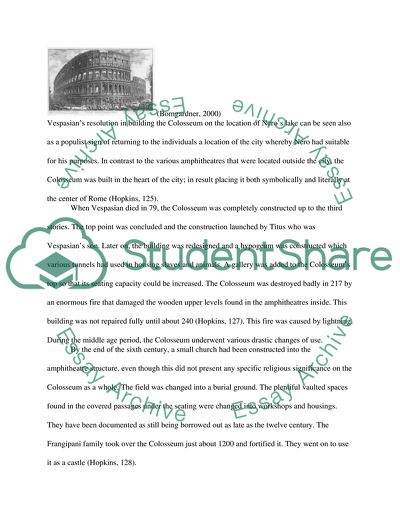Cite this document
(“Colosseum as an enormous triumphal monument Essay”, n.d.)
Colosseum as an enormous triumphal monument Essay. Retrieved from https://studentshare.org/architecture/1621073-colosseum-as-an-enormous-triumphal-monument
Colosseum as an enormous triumphal monument Essay. Retrieved from https://studentshare.org/architecture/1621073-colosseum-as-an-enormous-triumphal-monument
(Colosseum As an Enormous Triumphal Monument Essay)
Colosseum As an Enormous Triumphal Monument Essay. https://studentshare.org/architecture/1621073-colosseum-as-an-enormous-triumphal-monument.
Colosseum As an Enormous Triumphal Monument Essay. https://studentshare.org/architecture/1621073-colosseum-as-an-enormous-triumphal-monument.
“Colosseum As an Enormous Triumphal Monument Essay”, n.d. https://studentshare.org/architecture/1621073-colosseum-as-an-enormous-triumphal-monument.


